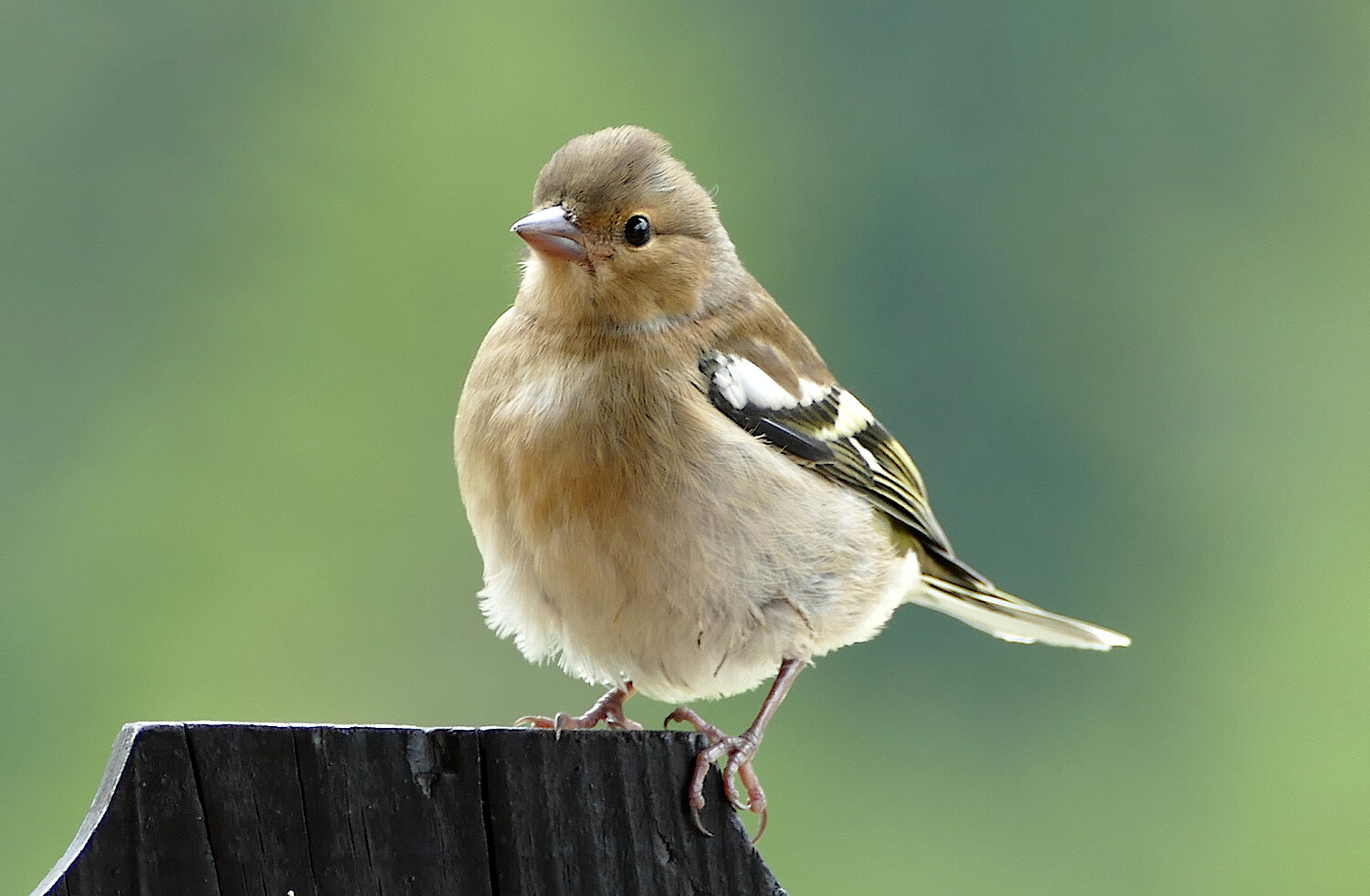Call for recognizing bird sounds
... so that machines can do it in future
Recognizing birds by their sound was, until not so long ago, reserved for people with specialist knowledge. In the LIFEPLAN project, for the first time machines learn to recognize bird sounds from all over the world. Anyone who is able to identify the chirping and whistling can contribute to the database.

The LIFEPLAN project records the status of biological diversity for the first time worldwide according to uniform standards. In order to specify bird species around the globe, the project team is developing a new technology for the automated recognition of bird sounds. Training data and human help are required for the machines to learn how to identify bird calls. The LIFEPLAN team uses recordings from the world's largest archive of animal noises, the US Macaulay Library, as training data.
Who is chirping there?Birdwatchers wanted!
In order for machines to learn to recognize birds, human help is needed. Because first, specialists have to identify typical sound characteristics of all the different bird species. Everyone's knowledge is required. Bird watchers all over the world can log into the online portal ‘Bird Sounds Global’, select typical snippets from the sound recordings and check assignments. An algorithm then learns to recognize birds based on these assignments. The new technology will be tested in practice on recordings from over 200 LIFEPLAN research locations around the world. For this purpose, large amounts of data have been collected in LIFEPLAN project every week since spring 2021, including data from Zöbelboden, one of the largest research stations in Austria. It is operated by the Environment Agency Austria with the support of the Austrian Federal Forests and the Kalkalpen National Park.
Anyone who wants to participate and help to build the automated bird recognition system can assign on bsg.laji.fi and check ten recordings per species. Those who have edited at least 100 bird songs will be acknowledged as co-authors in a scientific journal reporting on the new LIFEPLAN technology.
LIFEPLAN: First global biodiversity inventory
In LIFEPLAN biodiversity will be measured, monitored and analysed on 100 x 100 metre study plots at more than 200 sites across all continents over the next four years. The Environment Agency Austria together with den Kalkalpen National Park provides data from the Zöbelboden research site and from Molln, Upper Austria, the University of Vienna and the Vienna Municipality are contributing studies conducted at the Botanic Garden in Vienna and the Lainzer Tiergarten. The Tyrolean state museums and the Karwendel Nature Park, with the support of the Federal State of Tyrol, are managing a study site in Hall and in the Karwendel mountains. The data collected at the three locations will not only make an important contribution to global biodiversity research but also provide an important basis for analyses at national and local level. The researchers also expect to find first records of species in Austria. The project is led by the University of Helsinki.
Links

